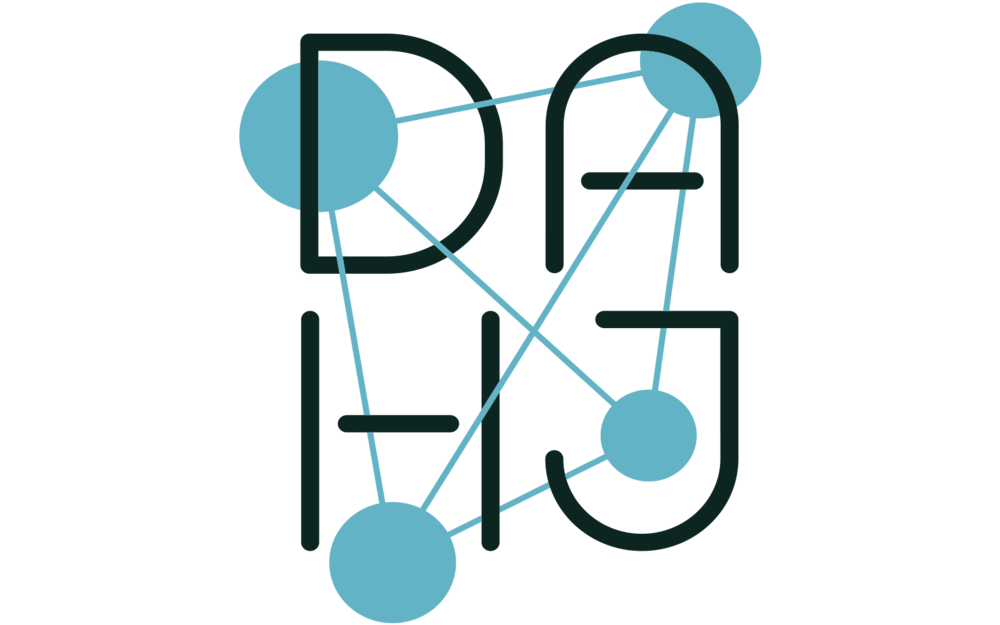Abstract
This article presents a number of core concepts from data science that are relevant to digital art history and the use of quantitative methods to study any cultural artifacts or processes in general. These concepts are objects, features, data, feature space, and dimension reduction. These concepts enable computational exploration of both large and small visual cultural data. We can analyze relations between works on a single artist, many artists, all digitized production from a whole historical period, holdings in museum collections, collection metadata, or writings about art. The same concepts allow us to study contemporary vernacular visual media using massive social media content. (In our lab, we analyzed works by van Gogh, Mondrian, and Rothko, 6000 paintings by French Impressionists, 20,000 photographs from MoMA photography collection, one million manga pages from manga books, one million artworks of contemporary non-professional artists, and over 13 million Instagram images from 16 global cities.) While data science techniques do not replace other art historical methods, they allow us to see familiar art historical material in new ways, and also to study contemporary digital visual culture.
DOI: https://doi.org/10.11588/dah.2015.1.21631
Author
Lev Manovich
is a Professor of Computer Science at The Graduate Center, City University of New York, and founder and director of Software Studies Initiative. He is the author of seven books including Software Takes Command (Bloomsbury Academic, 2013), Soft Cinema: Navigating the Database (The MIT Press, 2005), and The Language of New Media (The MIT Press, 2001) which was described as "the most suggestive and broad ranging media history since Marshall McLuhan." In 2014 he was included in the list of 50 "most interesting people building the future" (The Verge).

